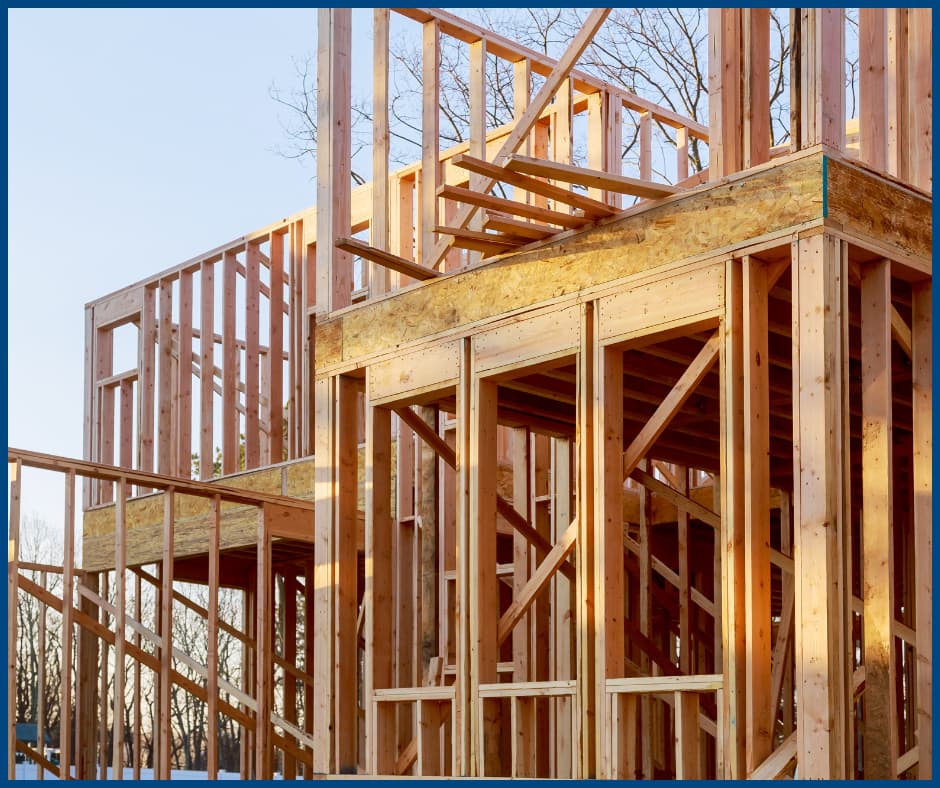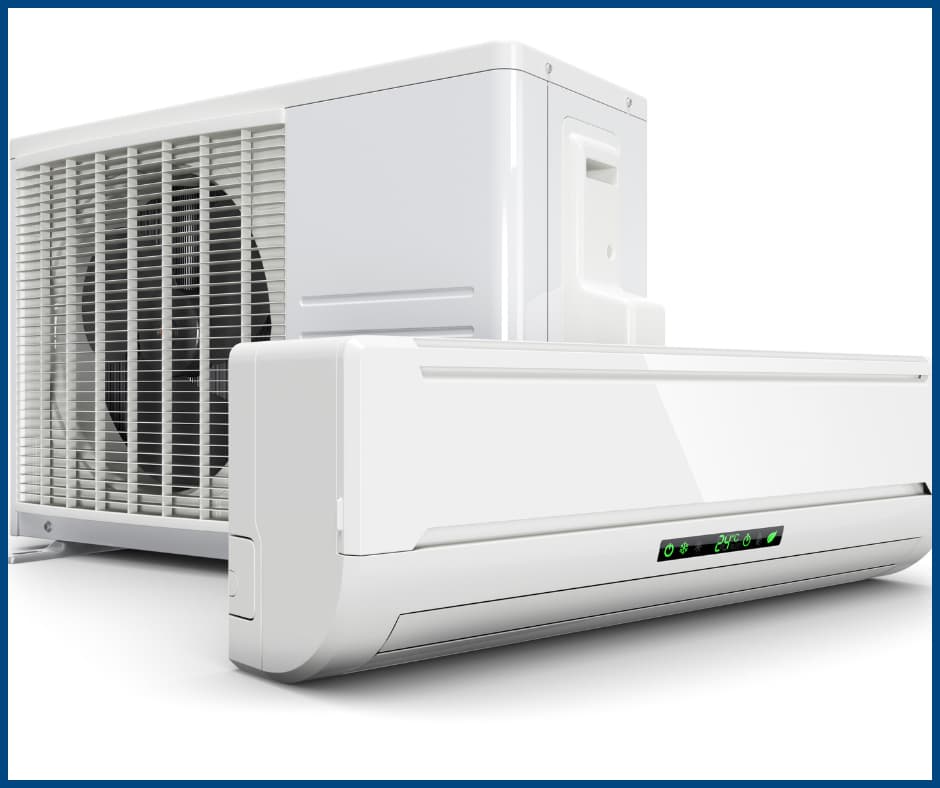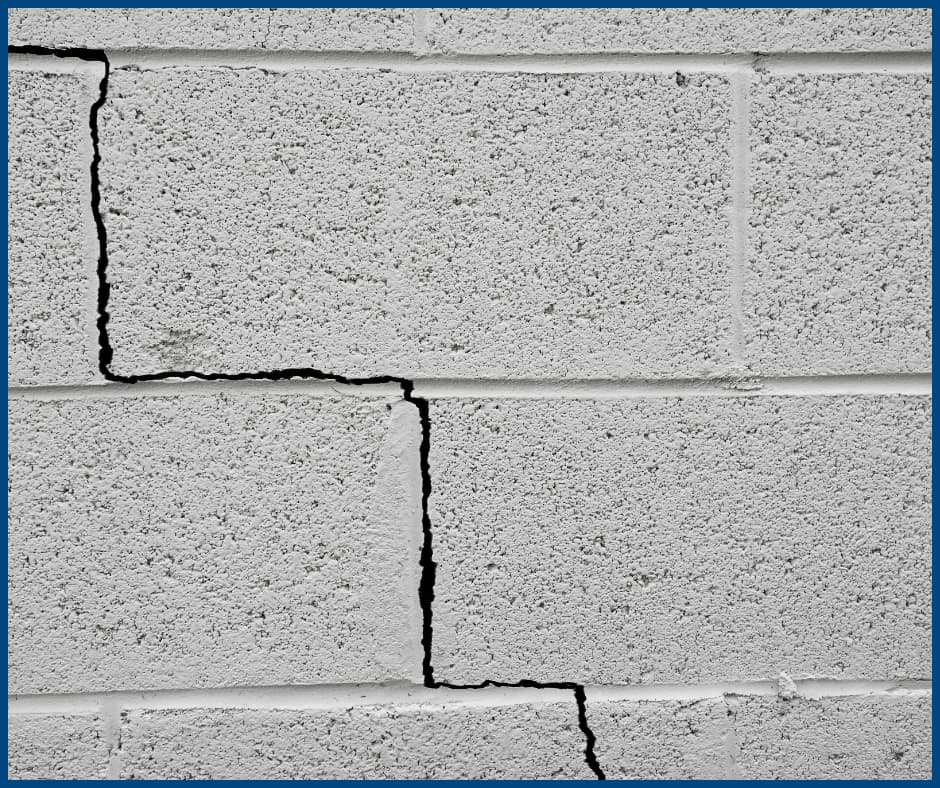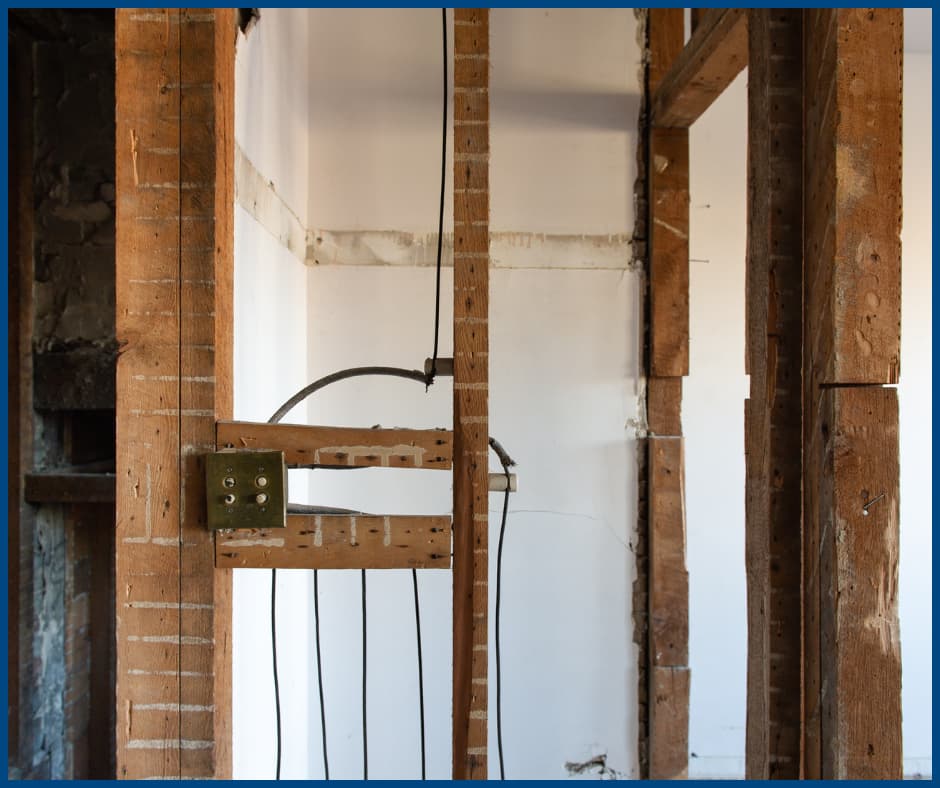New Construction Common Issues: What Every Homebuyer Should Know
Buying a brand-new home is exciting—everything is fresh, untouched, and seemingly perfect. However, new construction common issues can still arise, affecting safety, efficiency, and long-term maintenance. While new homes may not have the wear and tear of older properties, hidden problems can impact homeowners down the road.
Here are some of the most common issues found in new construction homes:
1. Foundation and Grading Problems
A home’s foundation is crucial for stability, but new construction homes can sometimes experience settling issues, poor drainage, or grading problems. If the land isn’t properly prepared, water may not drain away from the foundation, leading to potential moisture damage or structural concerns.
2. Framing and Structural Defects
Even in new homes, framing mistakes can occur, including misaligned beams, uneven floors, or improperly secured walls. These issues may not be obvious at first but can lead to bigger problems over time, such as cracks in walls or difficulty opening and closing doors and windows.
3. HVAC System Installation Errors
Heating, ventilation, and air conditioning (HVAC) systems should be correctly sized and installed to ensure efficiency. Poor ductwork installation, incorrect unit sizing, or airflow restrictions can result in uneven heating and cooling, higher energy bills, and premature system failures.
4. Plumbing Concerns
Leaky pipes, improper drainage, and low water pressure can all stem from rushed or incorrect plumbing installations. It’s important to check for signs of leaks, slow drains, or inconsistent water pressure early on to prevent more serious water damage.
5. Roofing Problems
A poorly installed roof can lead to leaks, missing shingles, or improper sealing around vents and chimneys. Over time, these issues may result in moisture damage, mold growth, or costly repairs.
6. Insulation and Ventilation Issues
New homes should have proper insulation and ventilation to maintain energy efficiency and prevent moisture buildup. Gaps in insulation, poorly sealed attic spaces, or blocked vents can cause drafts, temperature inconsistencies, and higher utility bills.
7. Cosmetic and Finish Flaws
Small details matter, and new homes often have cosmetic imperfections such as uneven paint, poorly installed flooring, or misaligned cabinets. While these may not affect the structure, they can be frustrating for homeowners expecting a flawless finish.
8. Window and Door Installation Errors
Windows and doors should be properly sealed to prevent drafts and water intrusion. If not installed correctly, they can allow moisture to seep in, leading to mold growth or energy loss. Warped or poorly aligned doors can also cause issues with security and functionality.
How to Protect Your Investment
Even though a home is brand new, having a professional home inspection can help identify these common construction issues before they become costly repairs. A thorough inspection ensures everything meets safety standards and gives homeowners peace of mind.
At AmeriSpec Inspection Services, we specialize in comprehensive new construction inspections, covering all critical phases of the build. Whether it’s a pre-drywall check, final walkthrough, or an 11-month warranty inspection, we help homeowners ensure their investment is built to last.
For more information or to schedule an inspection, visit www.amsde.net.
Mini-Splits vs. Traditional HVAC: Which Is Right for Your Home?
When it comes to heating and cooling your home, choosing the right system can make a big difference in comfort, efficiency, and cost. Two of the most common options are mini-splits vs. traditional HVAC systems. Each has its own advantages and drawbacks, so how do you decide which is best for your home?
What Is a Mini-Split System?
A mini-split system, also known as a ductless system, consists of an outdoor compressor unit and one or more indoor air-handling units. These units are connected by a small conduit, eliminating the need for ductwork.
Pros of Mini-Splits:
- Energy Efficiency – Mini-splits are known for their high efficiency, as they don’t suffer from the energy loss associated with ductwork.
- Zoned Heating & Cooling – Each indoor unit can be controlled separately, allowing for personalized temperature settings in different rooms.
- Easy Installation – Since no ducts are required, mini-splits can be installed in places where traditional HVAC systems may not be feasible.
- Quiet Operation – Mini-split systems tend to be quieter than traditional HVAC units.
Cons of Mini-Splits:
- Higher Upfront Cost – The initial installation cost can be more expensive, especially for larger homes requiring multiple indoor units.
- Aesthetic Concerns – Indoor units are mounted on walls, which some homeowners may find less appealing than hidden ductwork.
- Regular Maintenance – The filters in mini-split systems need frequent cleaning to maintain efficiency.
What Is a Traditional HVAC System?
A traditional HVAC system typically consists of a central heating and cooling unit that distributes air through a network of ducts. These systems include central air conditioners, furnaces, and heat pumps.
Pros of Traditional HVAC Systems:
- Whole-Home Comfort – A single system can efficiently heat and cool an entire home.
- Lower Initial Cost – If ductwork is already in place, installing a traditional system is often more affordable.
- Hidden Components – Unlike mini-splits, traditional HVAC systems keep air handlers out of sight, preserving interior aesthetics.
Cons of Traditional HVAC Systems:
- Ductwork Maintenance – Air ducts require regular cleaning and maintenance to prevent efficiency losses and air quality issues.
- Energy Loss – Heat and cooling loss through ductwork can reduce overall system efficiency.
- Less Flexibility – Unlike mini-splits, traditional systems don’t offer zoned heating and cooling without additional modifications.
Which System Is Best for Your Home?
- If you have an older home without existing ductwork – A mini-split system may be the best option to avoid costly duct installation.
- If you want customized temperature control – Mini-splits offer zoned comfort, making them ideal for homes where different rooms require different temperatures.
- If you’re replacing an existing system with ductwork – A traditional HVAC system might be the more cost-effective choice.
- If energy efficiency is a priority – Mini-splits tend to be more efficient, especially in homes where ductwork could lead to heat loss.
Final Thoughts
Both mini-splits vs. traditional HVAC systems have their place in modern homes. The right choice depends on your home’s layout, budget, and comfort preferences. If you’re considering an upgrade or new installation, consulting with a professional can help determine the best fit for your needs.
Looking for more home comfort insights? Visit AmeriSpec Inspection Services to explore how we help homeowners make informed decisions about their homes.
The 3 Most Common Home Defects in Delaware – What Homeowners Need to Know
Buying or selling a home in Delaware? A thorough home inspection can reveal hidden issues that might cost thousands in repairs if left unchecked. Thanks to our coastal climate, older housing stock, and unique soil conditions, certain defects show up more frequently in Delaware homes. Here are the most common home defects in Delaware that homeowners and buyers should be aware of:
Foundation Issues
Delaware’s soil composition—ranging from sandy coastal terrain to dense clay—can lead to foundation movement over time. Settling, cracks in walls or floors, and water intrusion are frequent concerns, especially in older homes and areas with high water tables. If you notice doors sticking, sloping floors, or moisture in the basement, it could be a sign of foundation trouble. Addressing these issues early can prevent more significant structural damage.
Plumbing Problems
From aging pipes to sump pump failures, plumbing issues are a major concern in Delaware homes. Many older properties still have galvanized or polybutylene pipes, which can corrode or crack over time. Well water systems, common in rural areas, require regular maintenance to ensure water quality and pressure. Homes with basements often rely on sump pumps to prevent flooding, but these systems must be inspected regularly to ensure they function properly, especially during heavy rains. Small leaks and poor drainage can quickly lead to costly water damage, so it’s essential to address plumbing concerns early.
Electrical Concerns
Delaware’s mix of historic homes and modern construction means that outdated wiring is a frequent issue. Knob-and-tube or aluminum wiring, common in older houses, can be a fire hazard if not properly maintained. Many homes also have electrical panels that are outdated or overloaded due to increased energy demands from modern appliances. If you’re experiencing flickering lights, frequently tripped breakers, or ungrounded outlets, it’s time for an electrical inspection to ensure your system is safe and up to code.
Why a Home Inspection is Essential
Whether you’re buying, selling, or simply maintaining your home, a professional inspection can help you identify these issues before they become major headaches. At AmeriSpec Inspection Services, we provide comprehensive inspections, helping homeowners make informed decisions with confidence.
Conclusion
Understanding the 3 most common home defects in Delaware homes can help homeowners stay proactive in maintaining their properties and preventing costly repairs. Foundation issues, plumbing problems, and electrical concerns are frequently encountered, but with regular inspections and timely maintenance, these problems can be managed effectively. Whether you’re purchasing a new home or ensuring your current home remains safe and sound, addressing these common defects early is key to protecting your investment and your peace of mind.
📞 Schedule your Delaware home inspection today and protect your investment!
National Home Improvement Month: Small Changes, Big Impact
National Home Improvement Month is the perfect time to make simple updates that refresh your home without the stress of major renovations. Small changes can enhance your space’s appearance, functionality, and even value. Here are some easy improvements to consider:
Enhance Curb Appeal

A great first impression starts outside. Give your front door a fresh coat of paint, update house numbers, and tidy up your landscaping. Adding potted plants or seasonal flowers near your entrance can create a warm and welcoming feel.
Upgrade Your Lighting
Lighting affects both mood and functionality. Replace outdated fixtures with modern, energy-efficient options. Install dimmer switches or smart lighting for customizable ambiance. Even small additions like under-cabinet lighting in the kitchen can make a big difference.
Refresh Your Walls
A new coat of paint can transform a room. Light, neutral colors make spaces feel larger, while a bold accent wall adds character. Peel-and-stick wallpaper offers a stylish, temporary option for an instant update.
Maximize Storage and Organization
A clutter-free home feels more spacious. Use floating shelves, storage baskets, and multi-functional furniture to create order. Closet organizers and drawer dividers can help streamline your storage for everyday convenience.
Update Fixtures and Hardware
Small details can modernize your space. Swap out outdated cabinet handles, doorknobs, or faucets for sleek, contemporary options like matte black, brushed nickel, or brass.
Increase Energy Efficiency
Simple changes can lower energy bills. Install a programmable thermostat, seal drafts around doors and windows, and switch to LED bulbs or energy-efficient appliances.
Deep Clean for a Fresh Start
Sometimes, a thorough clean is the most effective home refresh. Shampoo carpets, wash windows, and power-wash your home’s exterior. Declutter and donate unused items for a more organized space.
Create a Cozy Outdoor Space
Turn your outdoor area into a retreat with simple touches. A patio rug, comfortable seating, and string lights can add charm. Even small additions like a fire pit or hammock can make your outdoor space more inviting.
National Home Improvement Month is the perfect time to make small updates that have a big impact. Whether you’re refreshing decor, enhancing functionality, or improving energy efficiency, these easy changes can help you enjoy your home even more.






